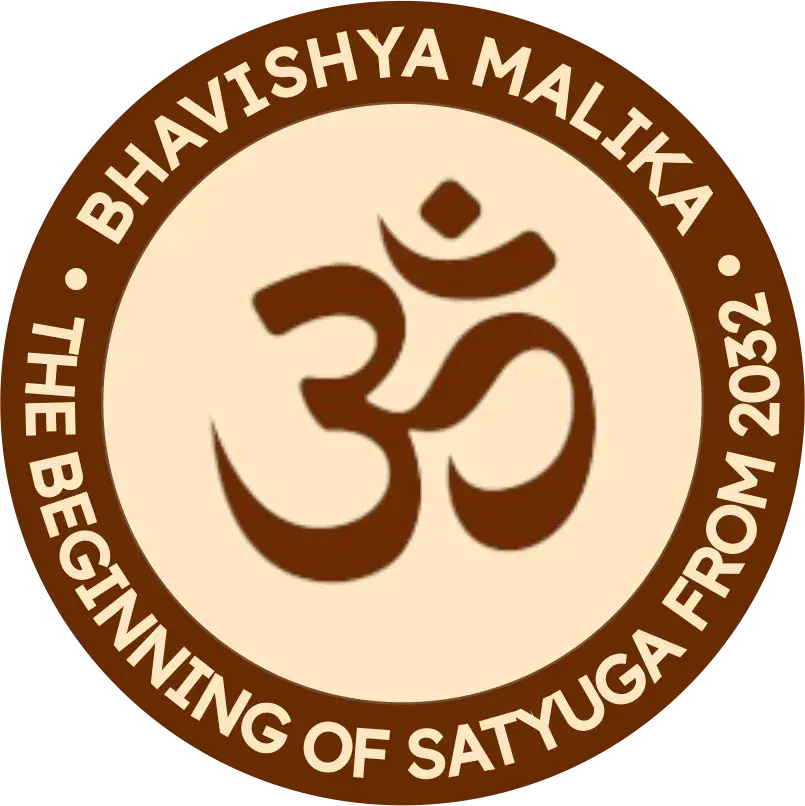Which gods are worshipped in the Indian subcontinent?
Hinduism is the most widely followed religion in India. According to Hindu scriptures, the Supreme Lord Shri Hari Krishna exists in many divine forms. He has incarnated as Brahma, Vishnu, and Mahesh (Shiva) to carry out the creation, preservation, and destruction of the universe, respectively.
To protect his devotees from adversity, he manifested as Narasimha. To establish Dharma (Sanatan Dharma) on Earth, he incarnated as Shri Ram and Shri Krishna. To annihilate demons and safeguard righteousness, he took the forms of Shree Mahakali and Shree Chamunda, thereby protecting his devotees and upholding Dharma.
All the forms in which God has appeared—whether to relieve the sufferings of his devotees, to re-establish Dharma, or to directly manifest before his followers—are revered and worshipped by devotees.
Just as Lord Krishna incarnated in Central India, there is a greater sense of devotion toward Him in that region. Similarly, in different parts of the country, devotees worship various forms of the Lord based on His divine manifestations in those places.
Tridev
These three represent the cosmic functions of creation, preservation, and destruction.
Vishnu – The Preserver
Shiva (Mahadev) – The Destroyer and Transformer.
Avatars of Vishnu Rama Krishna Narasimha Vamana Matsya, Kurma, Varaha, etc.
Devi or Shakti
Durga – Warrior goddess, slayer of demons
Kali – Fierce form of Durga
Lakshmi – Goddess of wealth, fortune
Saraswati – Goddess of wisdom and learning
Parvati – Mother goddess, gentle form of Durga
Popular Deities in Daily Worship
Ganesha – God of beginnings, remover of obstacles
Hanuman – Devotee of Rama, symbol of strength and devotion
Kartikeya – God of war, especially popular in South India
Surya – Sun god
Chandra – Moon god
Shani – God associated with Saturn and karma
Worshiped locally
Ayyappa (Kerala)
Khandoba (Maharashtra)
Mariamman (Tamil Nadu)
Kamakhya (Assam)


